
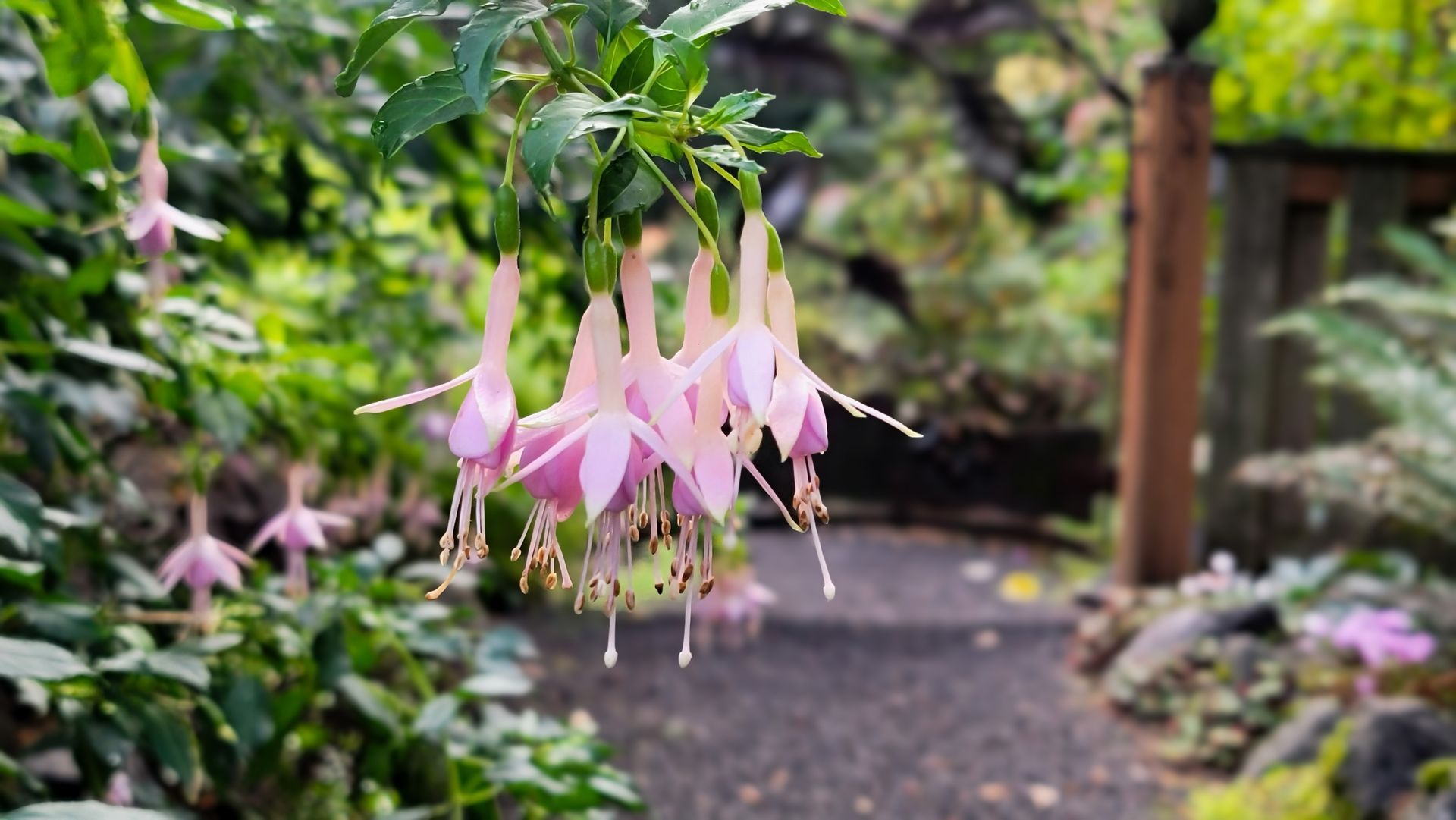
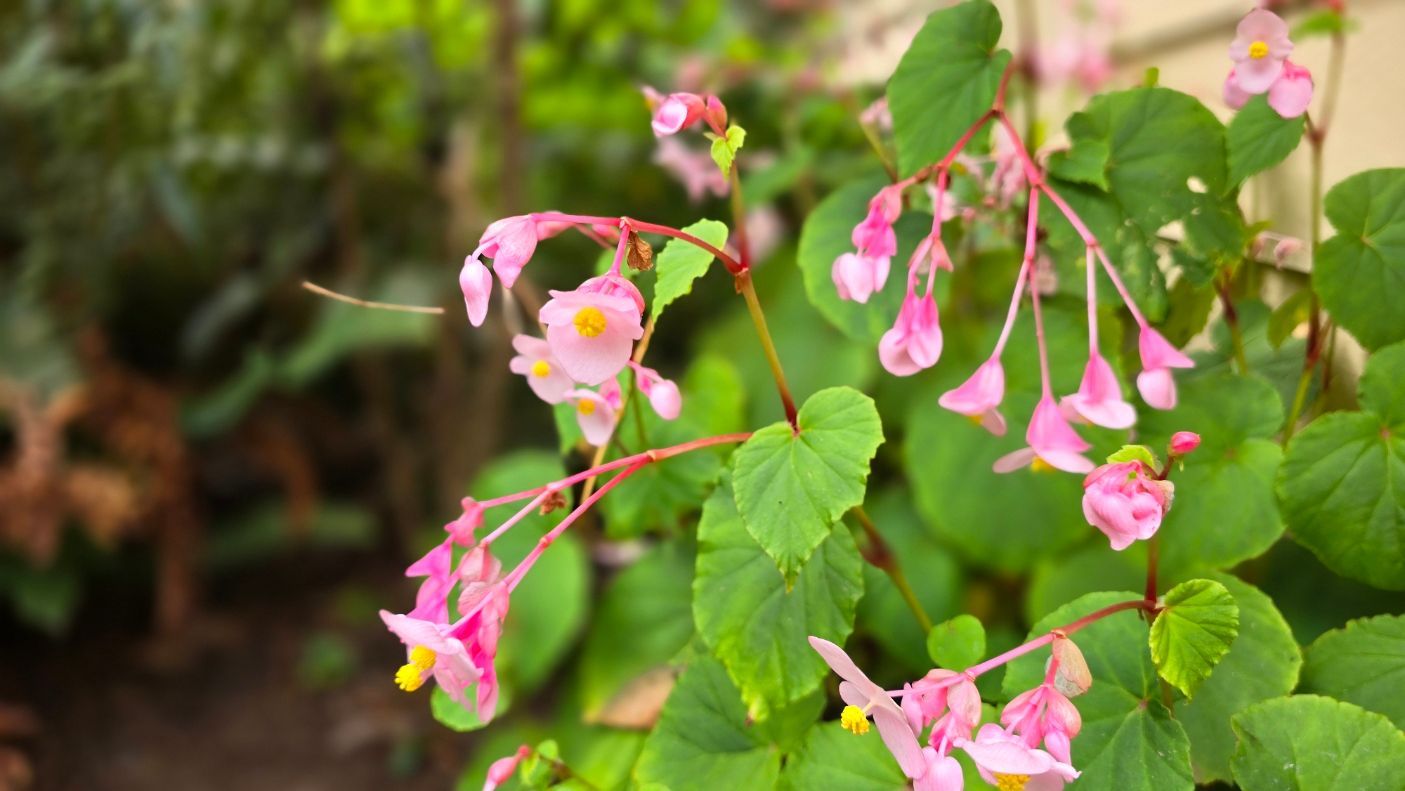
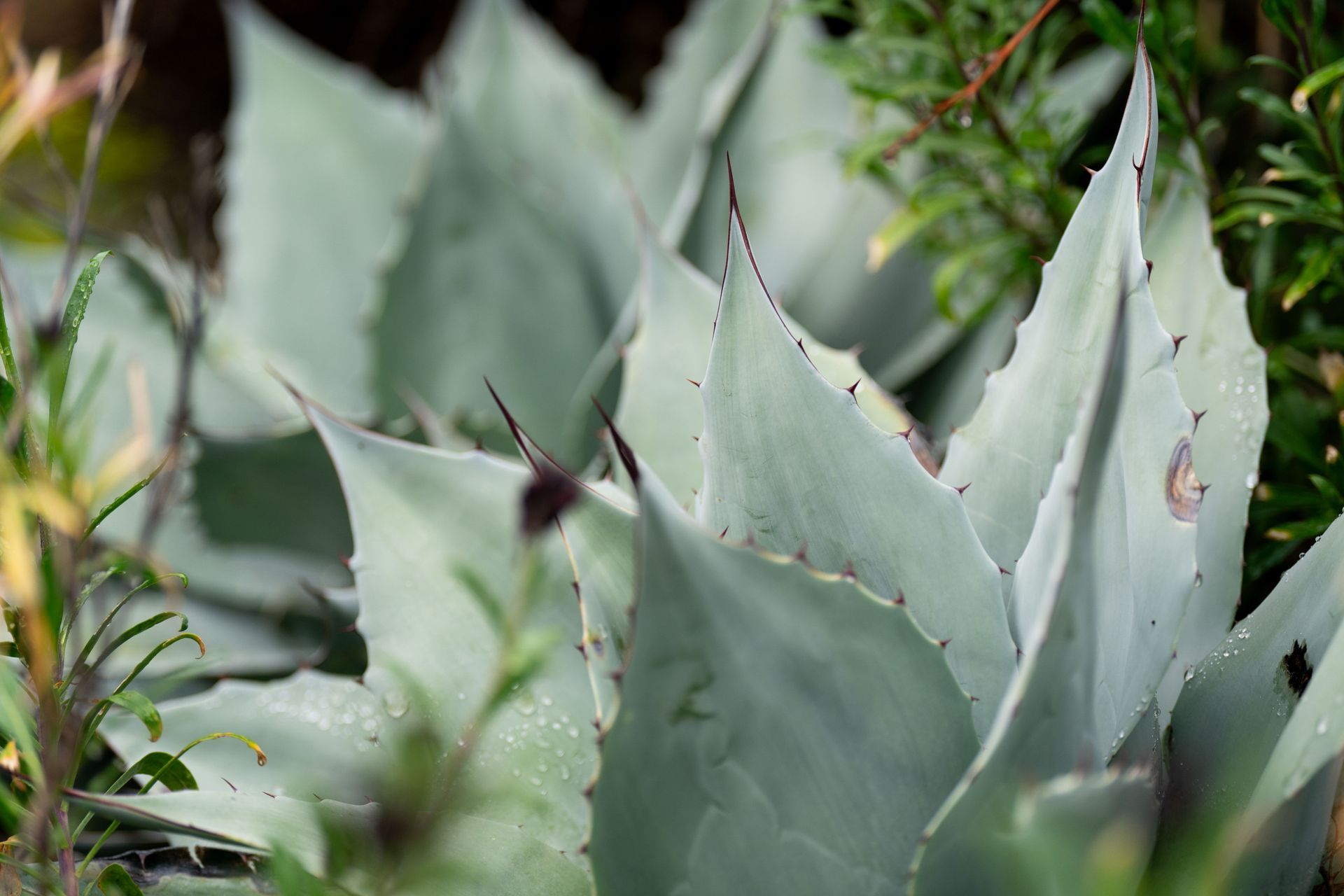
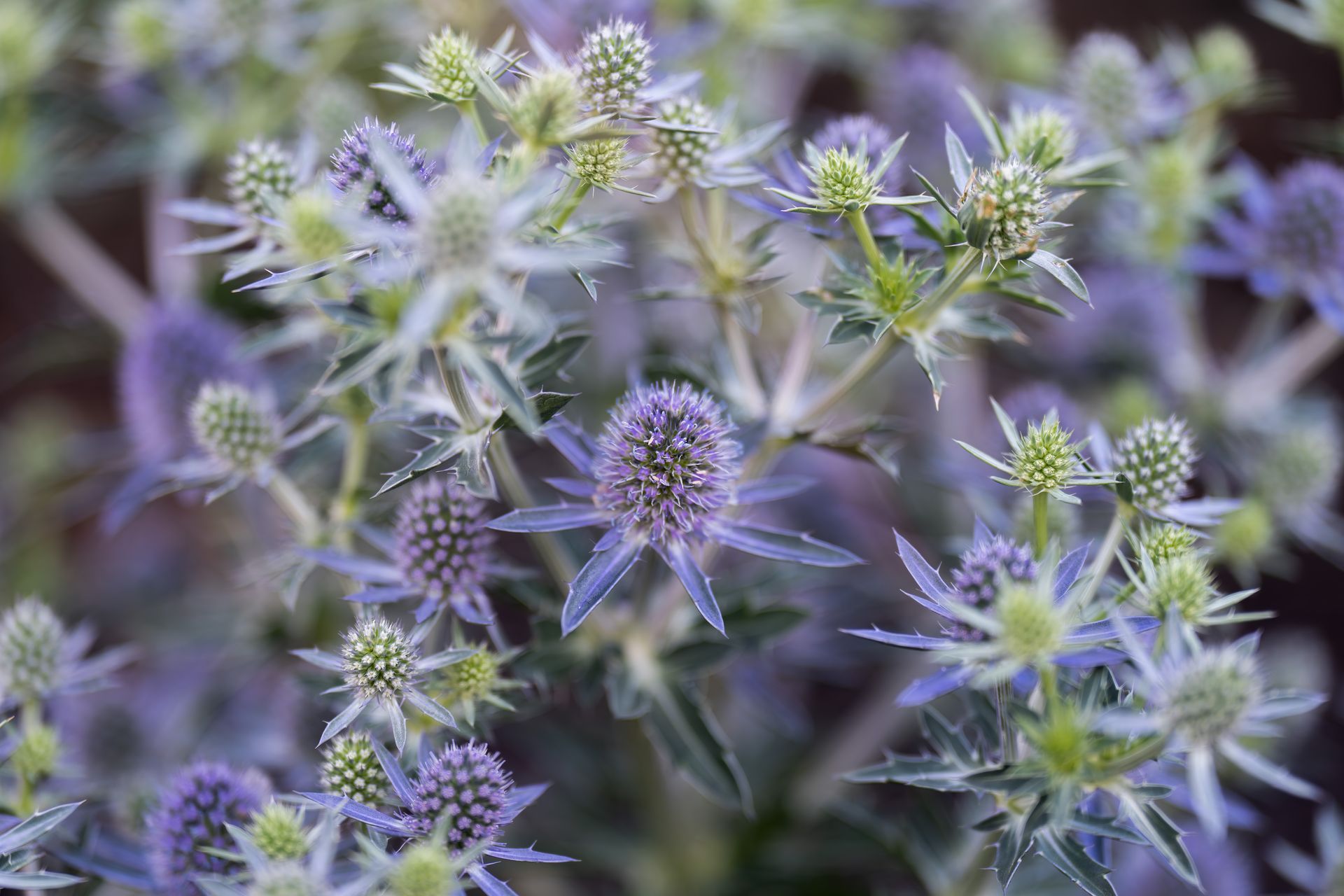
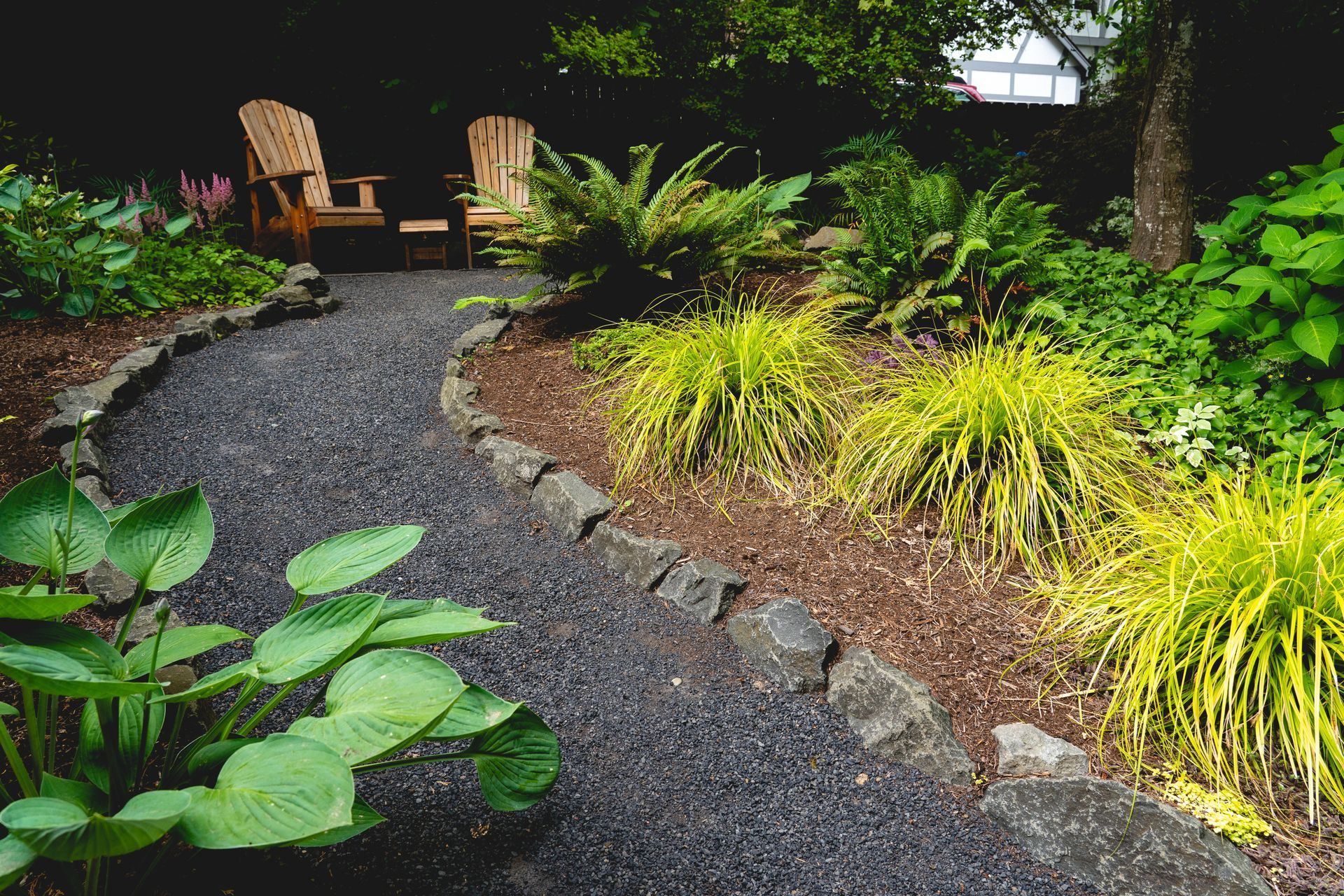
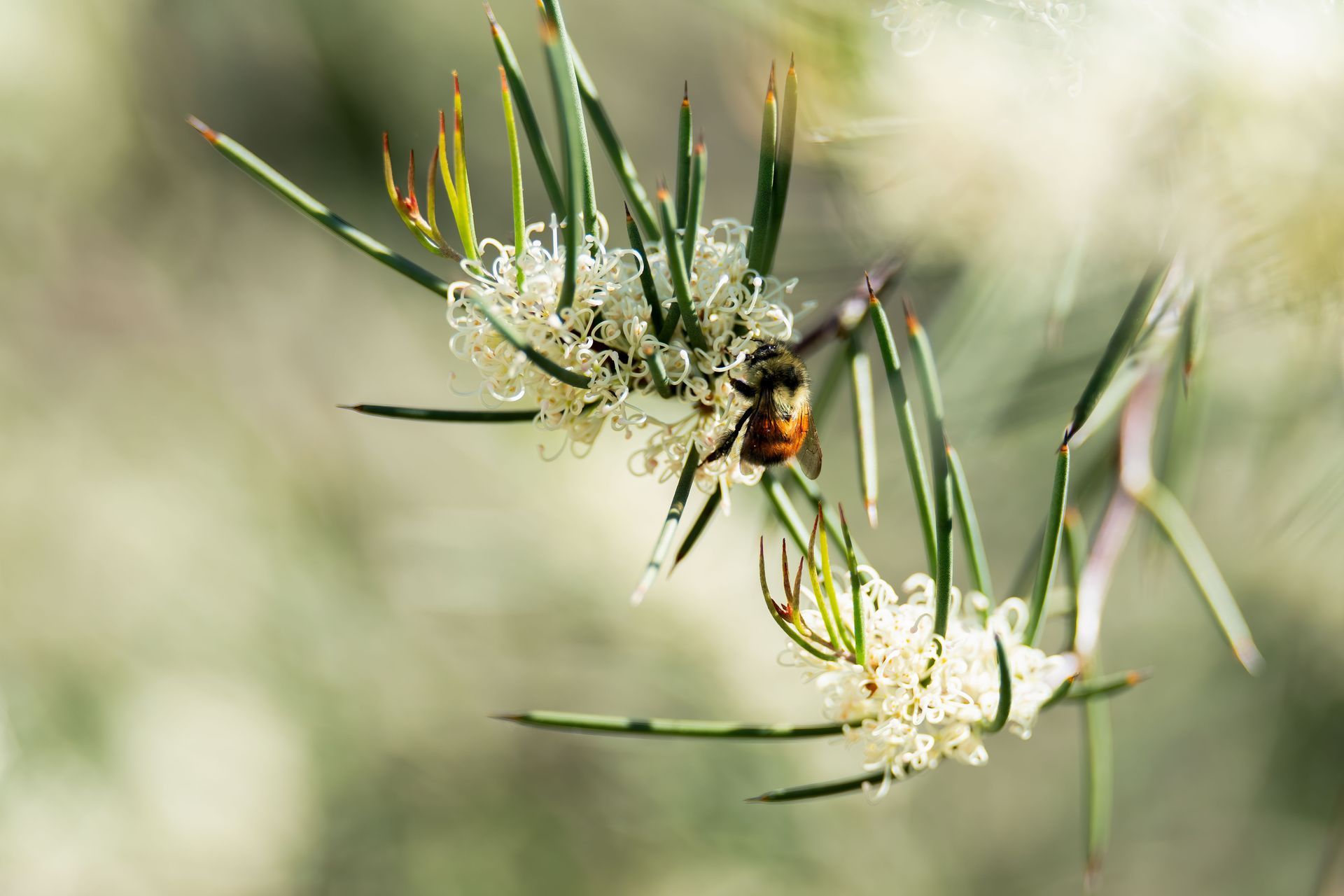
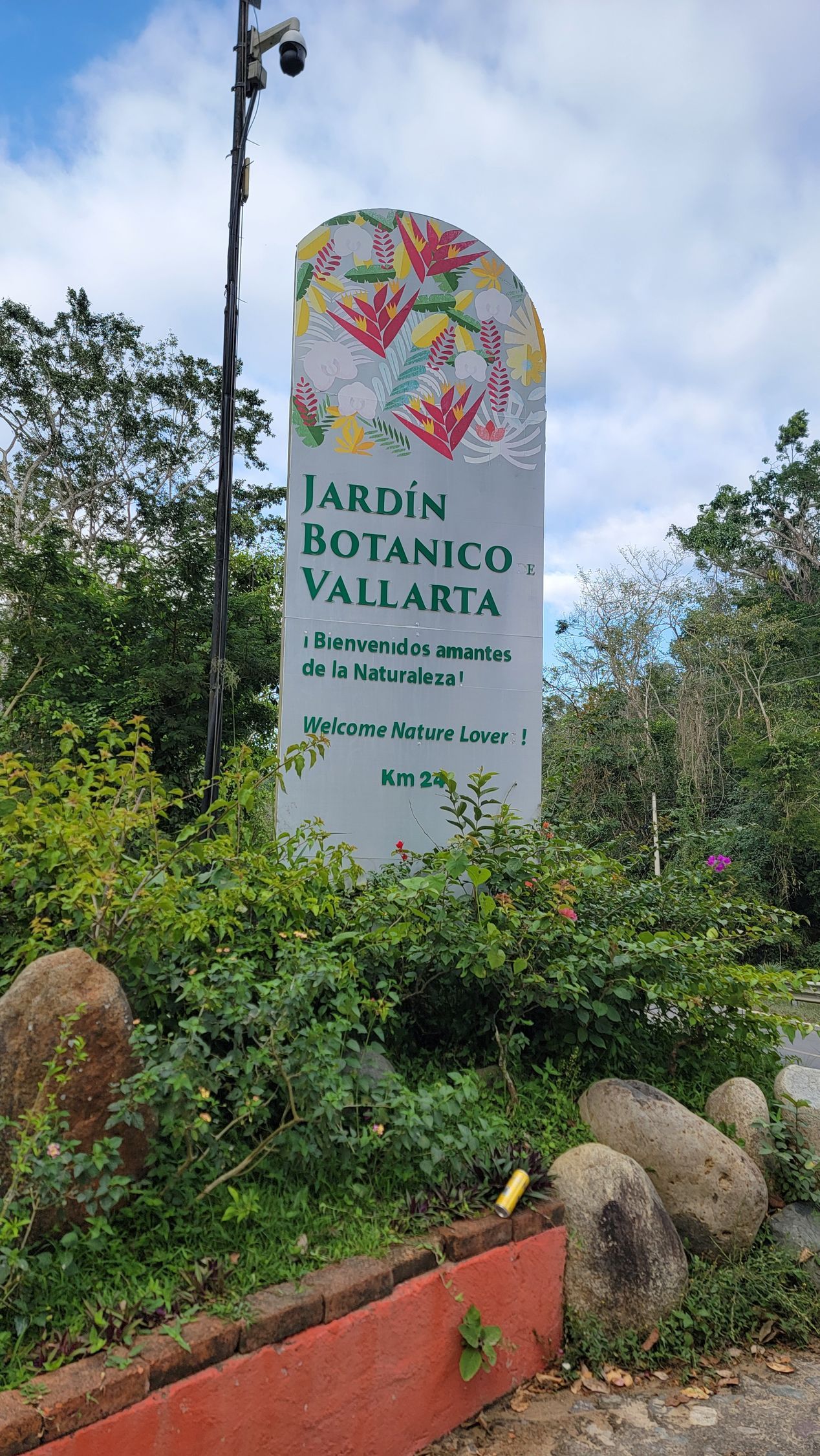
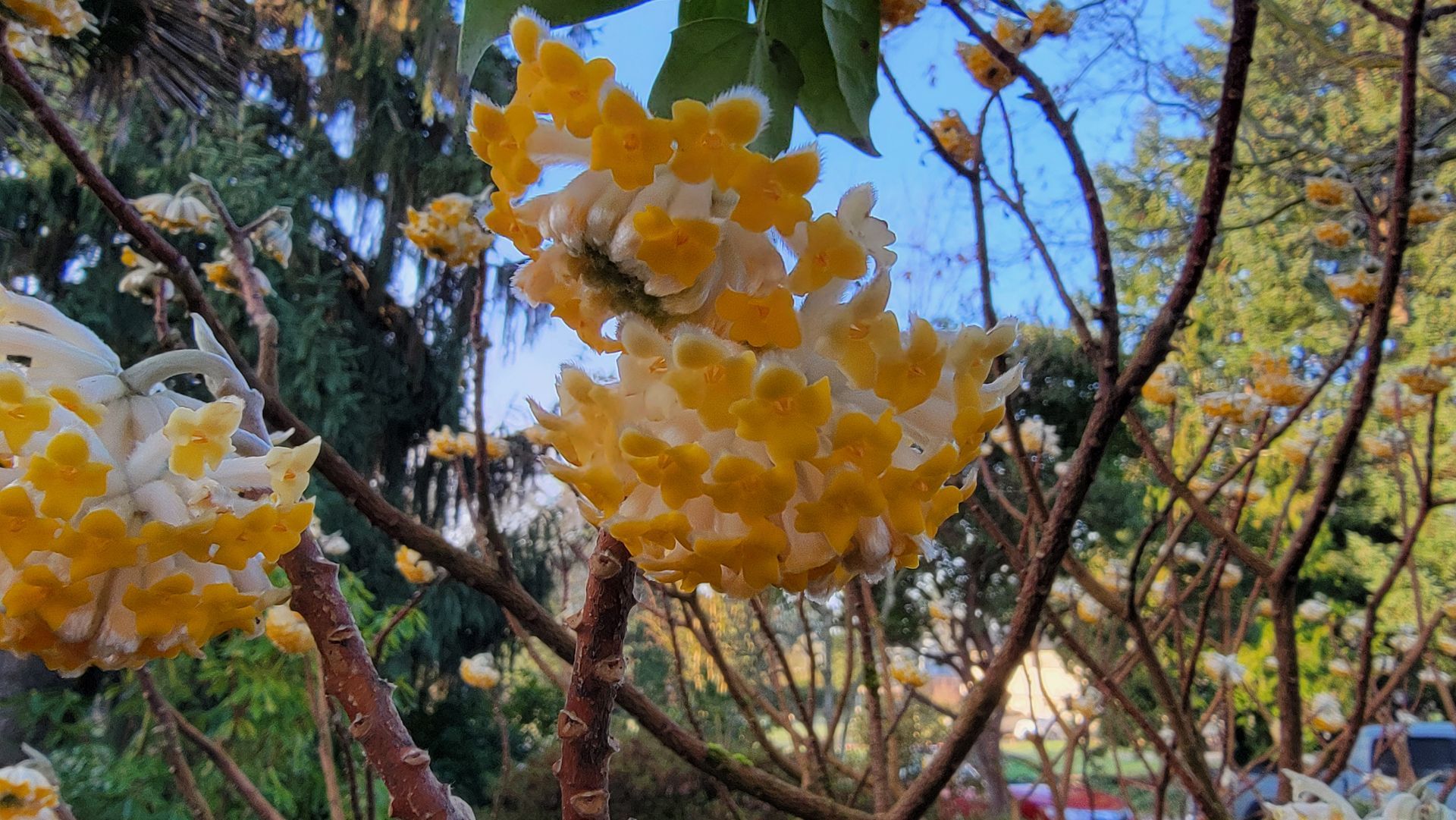

July
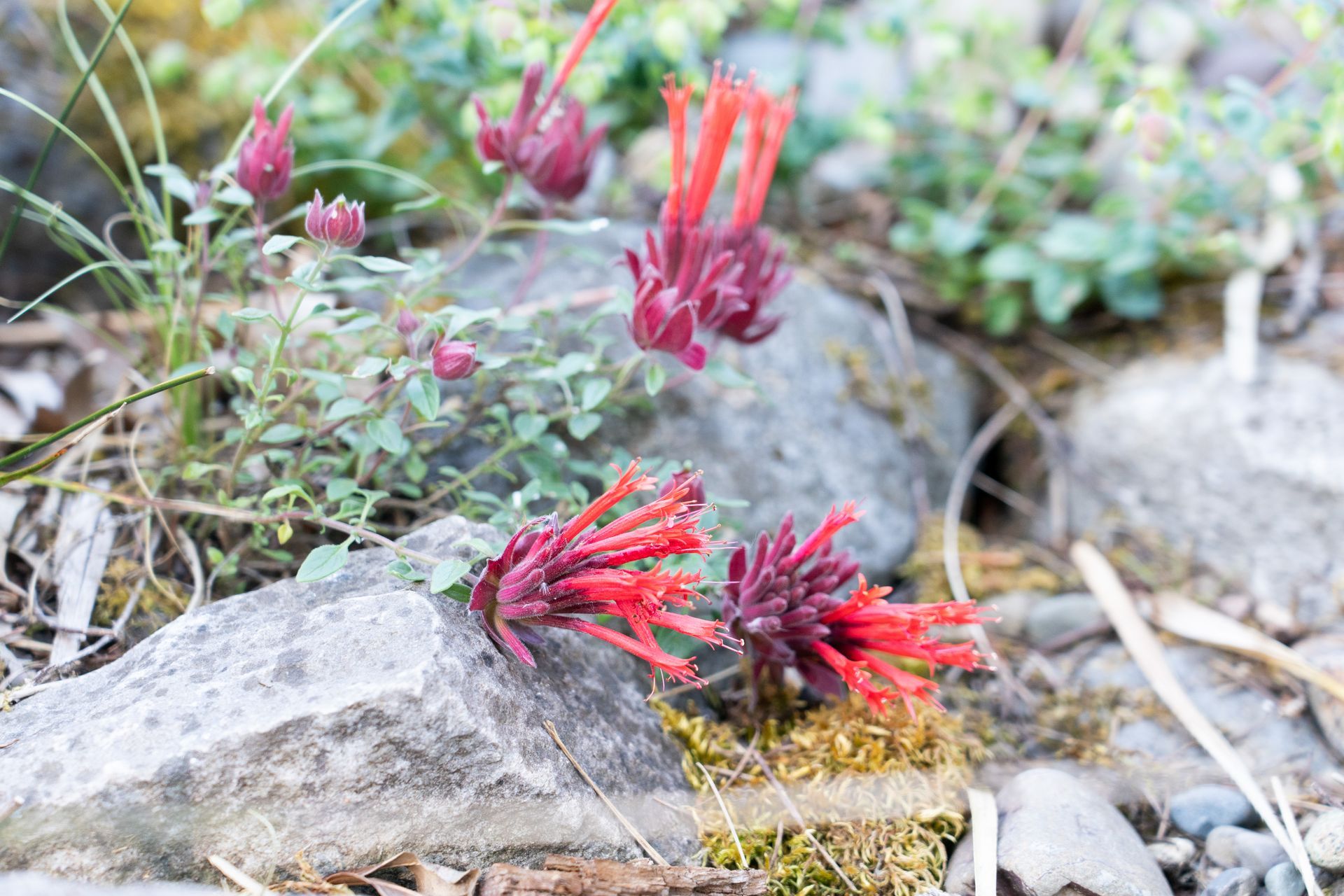
After our very wet and cold winter and wet early spring, the sun came out, and we had nice gardening weather! July is, on average, the hottest, driest month of the year for us, but one never knows if the average will be what shows up!
· July is usually when we must irrigate liberally to keep the grass from going dormant. (All of our native grasses have a built-in ability to go to sleep, and it is evident when they turn a tan color in June/July until the fall rains begin again in November.) This does NOT mean that your lawn is dead!
· If they need it, prune any of your shrubs immediately after they bloom. However, remember that this is important only if it is required! Don’t prune them just to prune them!
· Keep up weeding, our wet spring grew masses of big weeds! Now, if the weather gets dry and hot, all one must do is to cut the roots off or lift the baby weeds and let them dry to death on the ground. They will disappear in the hot sun.
· This is the month to fertilize lawns with an organic/natural fertilizer.
· The lawn height should be set at the highest setting on the mower that you can tolerate. (A lot of people want to see lawns set at Golf Green elevation, about ¼” tall.) However, this does not work well on home lawns, as no homeowners I know can maintain their lawns to the degree that Golf Course does! The taller grass shades the roots and keeps the lawns healthy!
· Lawns, in an average July, need one inch of water per week. If we have a dry, hot wind, then 1.5 to 2 inches does the trick.
· Check for Root Weevil adults in rhododendrons and azaleas. They create nasty notches on the leaves. Use nematodes to kill the Weevil larvae in the ground or use sticky traps on the trunk to kill the adult Weevils.
· Mulch, if you have not done so already, to conserve soil moisture using bark or other organic products like compost or clippings. Never use shredded rubber!
· Watch for signs of spider mites on arborvitae hedges (dusty-looking foliage, loss of color, presence of tiny mites), and wash them with water from a hose. Pick a day when you can drench the branches, once a day for three days in a row. Repeat this practice once a month during the dry season. In this way, you are acting like heavy summer rain! This action disrupts their life cycle.
· You may dig spring bulbs when the tops have died down. Divide them if overcrowded and store them in the garage in paper bags (NOT plastic). If you have decided where to plant them, go ahead and do it now or wait till Fall.
· Stake tall growing perennials as needed. Lilies, Dahlias, and many tall daisies need this kind of care.
· End of month: prune boysenberries and other cane berries after harvest.
· Check for scale insects on camellias, holly, and maple trees.
· Check leafy vegetables for caterpillar attacks.
· Mound soil up around the base of potatoes. You can gather and eat a few “new” potatoes from each hill. Do not eat the green ones! They are not suitable for you. Cover up any potatoes which are showing!
· Consider planting Mid-summer selections of beets, bush beans, carrots, cauliflower, broccoli, lettuce, and kale.
· Cover blueberry bushes with netting to keep robins off.
· Encourage beneficial insects by planting members of the sunflower family and carrot family (including Dill, Zinnias, Marigolds, and Jerusalem Artichokes)
· Stake your tomatoes, and watch for blight (prune for air circulation, pick off affected leaves).
· This is an excellent month to check those areas of your real estate which get little to NO water this time of the year and possibly do not have any plants now or where you have tried and plants will not grow! Consider a plant design for those areas and then plant drought-tolerant (Xerophytic) plants this Fall when the rains begin! If you have questions about this, call one of our designers to help you!









Oregon landscape business license: #6111